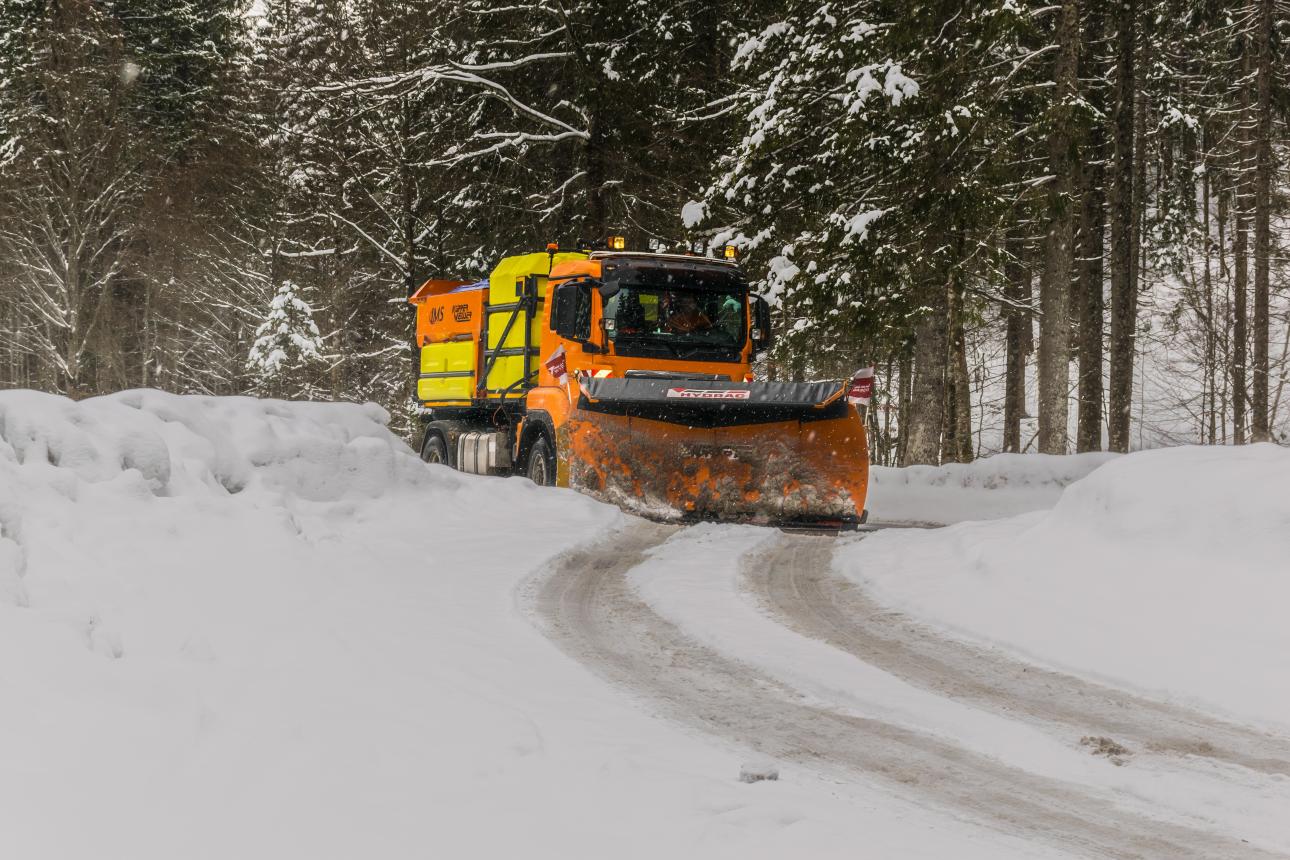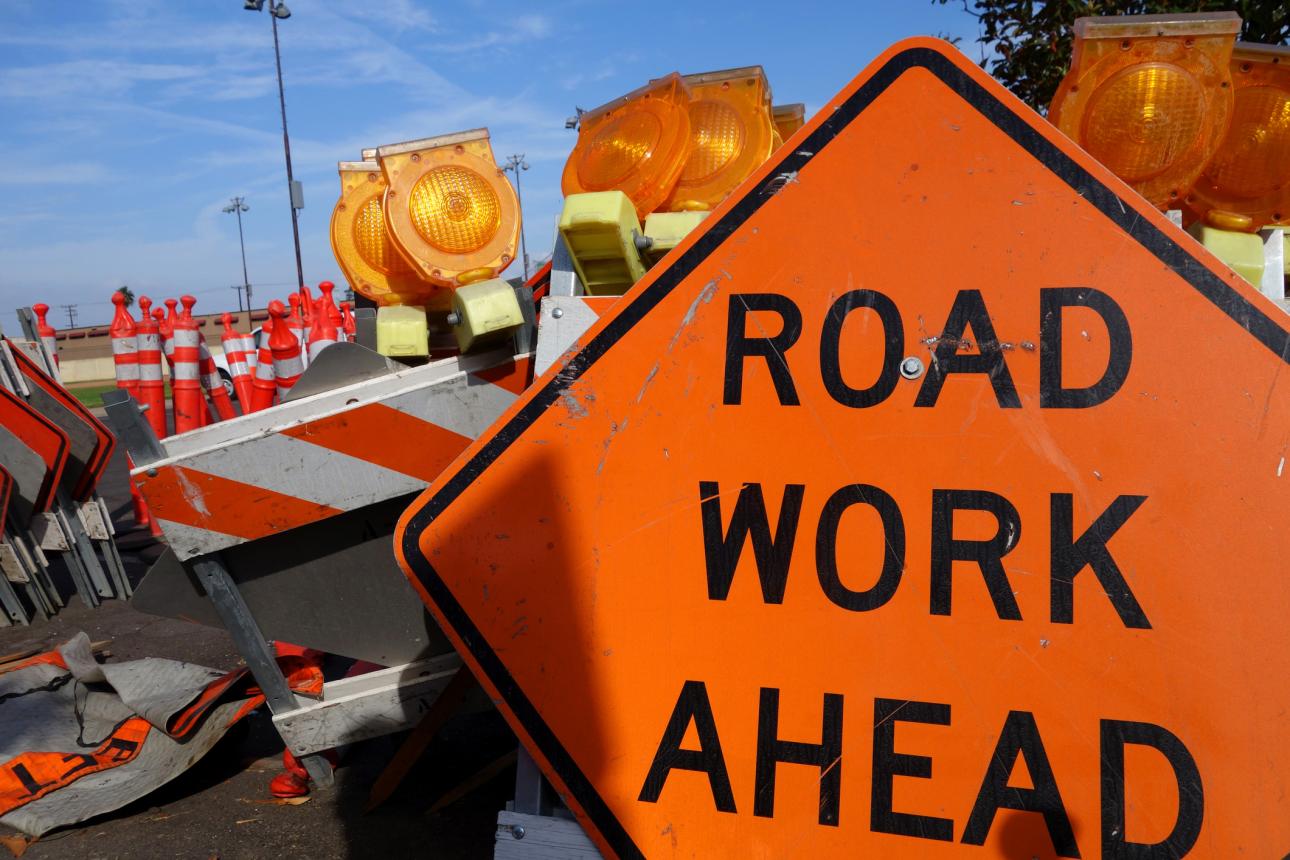
Dealing With Wintery Conditions on Your Roadways
In response to historic inclement weather in Texas and neighboring states recently, KSA is providing critical infrastructure improvements that will help communities be better prepared for future prolonged weather events. All regions worldwide need to prepare for situations that have potential to disrupt service. In Texas and other southern states, municipalities prepare for potential circumstances that could arise which are specific to the region. If nothing else, this weather event has given cities and service providers a window to vulnerabilities within their systems that need to be addressed.
The following is a summary of considerations for dealing with wintery conditions on your roadways.

Prior to Freeze: Roadway Protection
The damage to pavements from what is known as the freeze-thaw cycle is caused by water that infiltrates cracking, potholes, and gouges; this water freezes quickly, expands and causes frost heave underground and/or horizontal expansion. This breaks or at least weakens the pavement section, worsening vulnerable areas to accelerate road related failures.
The keys to minimize freeze-thaw damage are sealing and positive drainage. While it may not be possible to resolve every drainage and roadway issue in town, a plan to prioritize high volume/high risk segments can include the following:
- Sealing (Chip Seals, Slurry, and Coats) is most appropriate on roads in good condition as a preventative measure to keep moisture from infiltrating the road base. When colder-than-normal temperatures are anticipated it can be expanded as a way to temporarily prevent worsening of fair and poor condition roads that are critical to the safe mobility of residents during difficult conditions. Repairing potholes, even with temporary measures such as warm and cold mix asphalt, can help control the spread of those deficiencies as well.
- Addressing known ponding locations where ice formation will affect driving lanes of high volume/high risk road segments.

Roadways are cleared with physical (plowing) and chemical strategies.
During the Storm: Roadway De-Icing
Roadways are cleared with physical (plowing) and chemical strategies. It is not common for Texas cities and counties to maintain snow plows, understandably. When considering chemical options, it is tempting to expand the use of rock salt or water softener salt crystals, which are commonly available at hardware stores. By mixing with water that coats ice surfaces, salt crystals effectively break up and melt thin sheets of ice. This lowers the freezing point, and the brine burrows into the ice. However, there are several considerations to review before using the mixture:
- Salt accelerates the deterioration of concrete and other unsealed surfaces such as brick and mortar.
- Salt does not affect asphalt. But, it is best to limit its use to sealed roadways. Asphalt surfaces with too much cracking or wear, however, will absorb melted ice into the base. This is a source of eventual pothole formation.
- Landscaping that receives brined runoff can be permanently damaged. Roadways that eventually drain to other waterways can cause adverse environmental impacts.
Cinder mixtures help reduce the proportion of salt. The addition of cinders, sand, and/or other gritty material helps to improve traction. Cinders are made up of coal ash and their dark color absorb heat from the sun to help accelerate ice melting. Some considerations when implementing these mixtures are:
- It is important to design a mixture appropriate for the roadway network. For example, an overly gritty mixture with a high proportion of sand may erode the surface of the asphalt; a sand treatment can be useful to increase traction on a sloped concrete road and can break up ice without the negative impact of salt.
- The grit should be swept up once weather allows to prevent the mixture from washing into creeks or water supplies.
Liquid and granular de-icing products are manufactured by various chemical producers. They are compounds that melt existing ice and/or prevent ice from bonding to roadways. These compounds can supplement the use of cinder mixes. More expensive than other strategies, they can also be used to target high volume and critical pedestrian routes, and ensure ADA compliance.

After the Storm: Designed Repairs
After severe cold weather events, understandably, the focus is most often on repairs to utilities over broad roadway improvements. However, many of these improvements will occur under the road. It is recommended to consider the following when deploying repairs:
- Trench cuts into asphalt pavements should be replaced with additional asphalt thickness, flexbase, or stabilization. Many communities require an extra 2-inch thickness of asphalt on all cuts of specific dimension and even, full-depth asphalt fill for small cuts.
- Seams should be sealed to prevent moisture from infiltrating the cut.
- Since it is a weak joint, patch seams should be planned away from the wheel path. A strategy used by some communities, is to require cuts of a minimum full lane width or half lane width.
If the community has a formalized Pavement Management Plan/System, it is advisable to perform inspections to assess any changes to the life cycle trajectory of vulnerable pavements.
An inventory of drainage issues to minimize icing and slip hazards should be developed and prioritized. This guide can assist in the preparation for the next cold weather event.
For more information, please watch the Pavement Condition Index Webinar presented by Abiel Carrillo, P.E.

